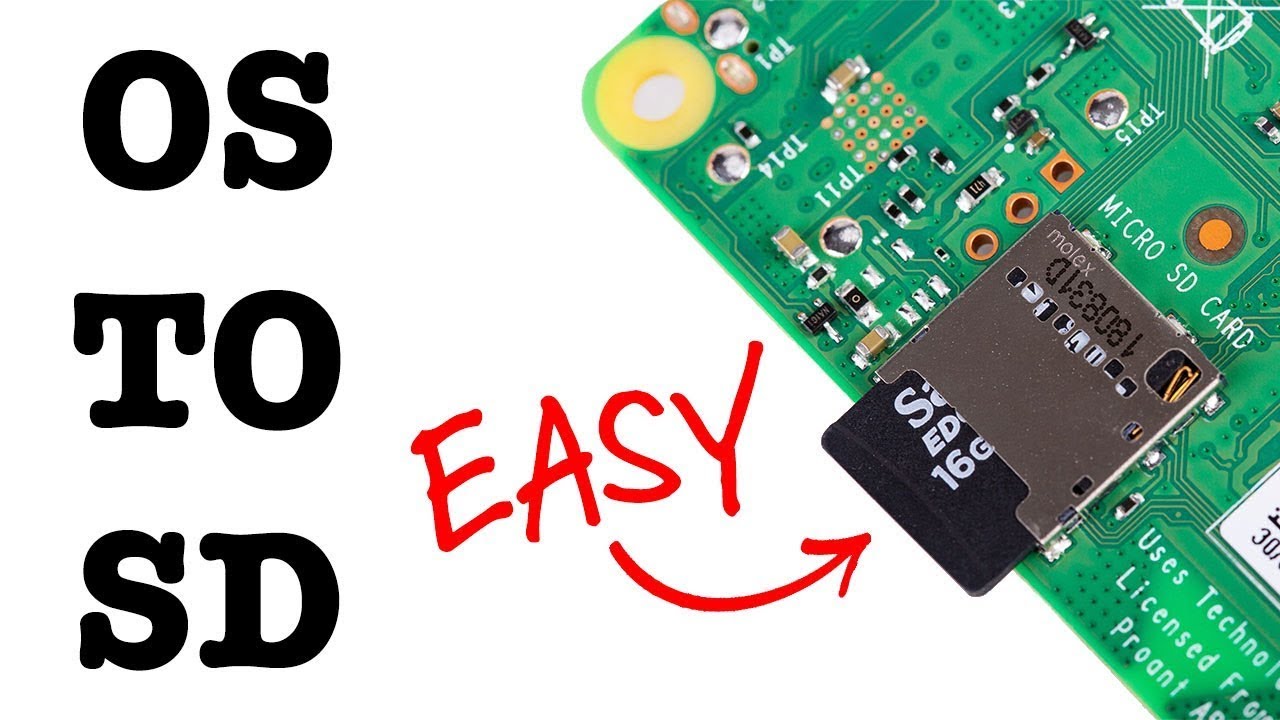@enmus already knows about this, but I’m putting it here for anyone else interested:
It creates a Qube called sys-pxe on your existing Qubes OS machine, and turns your ethernet NIC into a DHCP, TFTP, and NFS server, hosting the Qubes OS installer ISO.
You can then essentially plug any other machine that supports network boot into the network that your Qubes machine is on (make sure that you haven’t got another DHCP server on the same LAN, of course), and all machines will essentially boot the Qubes ISO over PXE.
To the end user, the experience is identical to booting as if the Qubes ISO was on a USB flash drive.
You can also specify a Kickstart file, allowing a Qubes OS unattended install.
For more info, check out the thread above (and please contribute if you can ![]() )
)
@Syonyk, fully agree with what you’re saying, and definitely true.
I’m fairly certain that @enmus wasn’t having difficulty flashing an ISO. I think this thread is more of a brainstorm for creative ways to get Qubes OS on a machine.
Please correct me if I’m wrong, though ![]()
But having said that, there’s definitely a place in this thread for “issues with flashing the ISO onto external media”.
I have always been perplexed by the fact that the Windows tool rufus has an option to alter the partition table of an ISO before flashing it.
I still am not sure why you’d want to change this…
If the creator of an ISO has already gone out of their way to ensure support for both MBR and UEFI, why would you want to mess with it? Why would you not want to copy the ISO exactly as it has been created…? ![]()
Also, would a “Qubes OS ISO generator” (similar to the Raspberry Pi Imager in the video below) be of any benefit?
Explanation of what the Raspberry Pi Imager is:
Its main use case would be for Windows and MacOS users who have never “popped the hood” on their machines, and otherwise wouldn’t know how to flash an ISO (and verify checksums, check for tampering, etc.), I guess…
Comments, anyone?
@noti2p, so you turn your external device into a block device, and attach it to the machine via cable (I’m assuming USB), correct?
That’s an interesting way of doing it. Hiding in plain sight. I like it ![]()
But is there any added benefit of doing it this way, over flashing NAND?
I’ve tried that. You have to use a dual-layered disc (the ISO is about 2-3GB larger than a single-layered disc), and it’s a lot slower than NAND…
Additional Method I have used successfully - Installing Qubes OS, configuring it, and then using dd
When I have multiple units of identical hardware that require additional configuration that a fresh Qubes OS install directly from the ISO doesn’t have (custom firmware, Xorg config files, additional GRUB parameters, etc.), I have gotten a single install configured with everything working “just the way I like it”, and then used dd to completely clone entire hard drives (this takes a while, though, because dd will still copy everything on the drive, including the empty space…).
I mean, are there actually any other ways to install Qubes OS…?
I mean, in order to perform an install, all you really need is:
-
An installation target
- Can be local, remote, or a mix of the two
- Can be a physical device, virtual device, image file, or something else (post your suggestions for “something else”)
-
An installation source
- Can be local, remote, or a mix of the two
- Can be packages, individual files, or something else (post your suggestions for “something else”)
-
An OS with enough functionality to perform/facilitate the install
- Loads enough firmware and programs to perform the required functions (copy, erase, compile, etc.)
- Does not use the drive you want to install Qubes OS on
Any creative suggestions on how else to perform an install, anyone? ![]()
